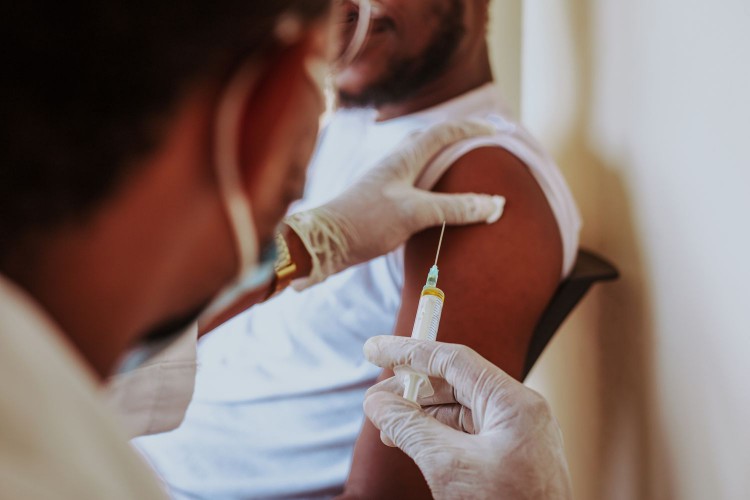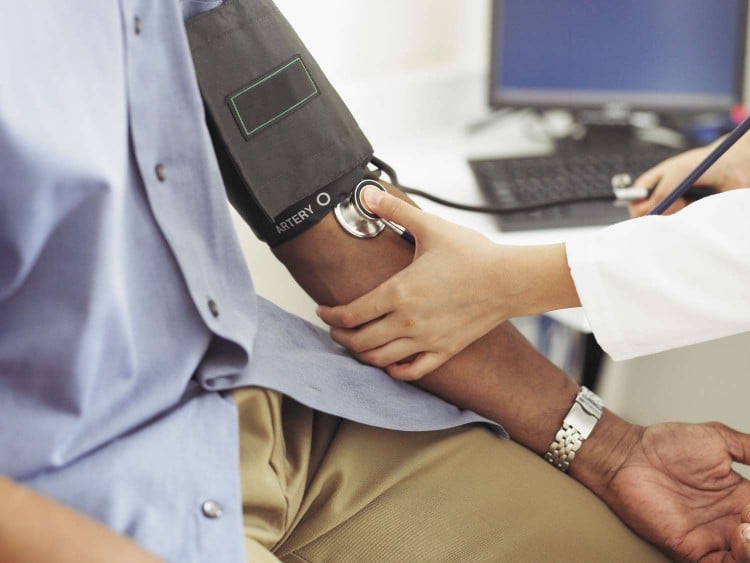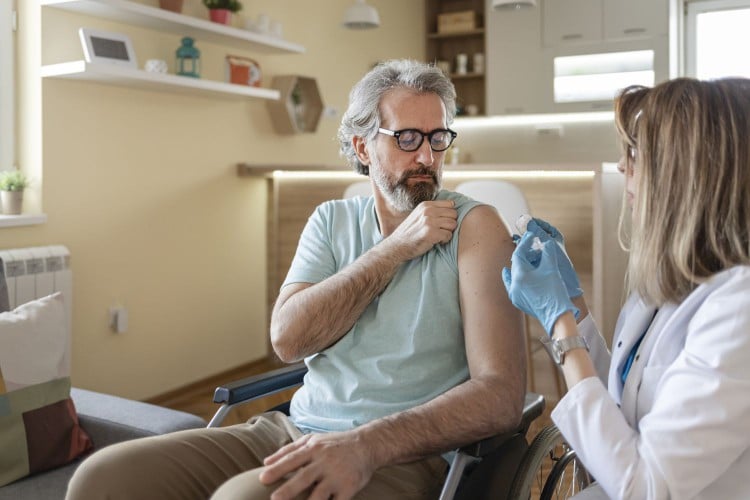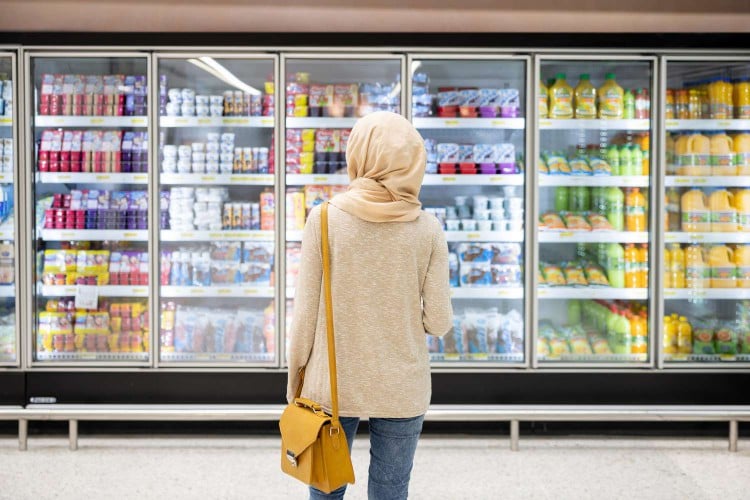CDC Urges RSV, COVID, Flu Vaccination Amidst Rising Cases
- A new CDC health alert is warning of increases in RSV, COVID, and flu activity, while vaccination rates are lagging.
- There’s still time and reason to get vaccinated, the CDC Director told Health, since the country is early into flu season and still nearing a COVID peak.
- In addition to getting vaccinated before the holidays, people can consider other precautions, such as masks, depending on their individual risk.
With the holidays in full swing, the U.S. is seeing high rates of respiratory virus activity, but concerningly low levels of vaccination against COVID, influenza (flu), and respiratory syncytial virus (RSV), the Centers for Disease Control and Prevention (CDC) said.
In a health alert published Thursday, the agency warned healthcare providers that the combination of high virus circulation and low vaccination uptake “could lead to more severe disease and increased healthcare capacity strain in the coming weeks.”
Within the last month, the CDC reported that among all ages, hospitalizations have gone up by 200% for flu, 51% for COVID, and 60% for RSV.
The CDC recommended that healthcare professionals continue to vaccinate their patients, if eligible, and should recommend antiviral treatments for COVID and flu for those who are at risk of serious disease.
“We wanted to make sure our providers know that it is not too late to get folks vaccinated,” Mandy Cohen, MD, MPH, director of the Centers for Disease Control and Prevention, told Health.
In addition to data on current virus activity and vaccination rates, the health alert also features a conversation guide for healthcare providers with information on talking people through vaccine concerns.
“Importantly, we wanted to give folks tools on how to have those conversations, and to flag some new data that we have,” Cohen added.

Junior Asiama/500px/Getty Images
Few Americans Vaccinated for Flu, COVID, or RSV
According to the CDC’s health alert, vaccinations aren’t where they should be for all age groups.
The agency found that as of mid-November, “there were 7.4 million fewer influenza vaccine doses administered to adults in pharmacies and physician offices compared with the 2022–2023 influenza season.”
By November 11, 36.1% of adults had gotten a flu shot, including just 58.6% of people over the age of 65. That’s down from 38.4% and 61.3%, respectively, in 2022.
It’s worth noting that, according to CDC data from December 15, an estimated 42.2% of adults had gotten their flu shot, including 69.3% of seniors.
In general, flu shot uptake declined during the pandemic and has not yet returned to pre-pandemic levels.
This is the first season that the RSV vaccine has been widely available, meaning there’s no comparative data. However, as of December 2, about 16% of adults over 60 reported getting the vaccine.
Low rates of vaccination for the updated COVID vaccine is an especially “sorry state,” Mark Cameron, PhD, associate professor and infectious disease researcher at the Case Western Reserve University School of Medicine, told Health.
So far, just over 17% of adults have gotten the shot, including 36% of those over the age of 65. These numbers are slightly down from those who got last year’s bivalent COVID shot—according to data gathered between fall 2022 and spring 2023, just over 20% of all adults got that shot, including just over 43% of older adults.
These lagging vaccination rates are worrisome, especially for seniors, said Cameron.
“If you haven’t been infected for a while or you’re exposed at a point that’s been months or maybe years away from your last vaccine, that really puts up a risk for more severe illness,” he said. “We can’t become complacent. We have to keep up with boosters.”
Is It COVID, Flu, or RSV? Here's How to Really Know What's Making You Sick
How Bad is Respiratory Virus Activity in the U.S.?
Alongside low vaccination rates, the U.S. is also seeing increased rates of all three major respiratory viruses, Cohen explained.
“We are probably at the peak of RSV season. Flu is definitely increasing right now, but we’re on the early end of the flu season,” she said. “[COVID is] elevated and increasing across most of the country, particularly in the Midwest and the Mid-Atlantic regions.”
According to respiratory illness data from last week, over 10% of flu tests came back positive, and 4.4% of all visits to healthcare providers were related to respiratory illness.
Health experts are also keeping an eye on COVID, as new Omicron variants are also emerging concurrently with this spike in hospitalizations and virus activity. The HK.3 variant has grown in recent weeks and now makes up an estimated 7.7% of cases. And, having exploded since early November, the JN.1 variant now makes up 1 in 5 COVID cases.
The JN.1 variant luckily doesn’t seem to be any more severe than other variants, experts agreed, but it will likely still have an impact in the coming weeks.
“It’s still going to lead to a lot of infections that will peak over the holidays, and still up our hospitalizations and deaths,” said Cameron.
Though vaccinations can’t completely stem the tide of infections, they will be an integral part of managing this increase in RSV, COVID, and flu. Unmitigated, these viruses can lead to more hospitalizations and death, Cohen explained—vaccines prevent the “worst of what the viruses could bring.”
When Does Flu Season Start and End?
Gathering Safely This Holiday Season
In the face of low vaccination rates, new COVID variants, and increasing case numbers, there’s still good news, said Cohen.
“While the virus has continued to change and be more transmissible and spread more quickly, our tools continue to be able to work against it,” she said.
COVID cases will likely increase over the next few weeks and peak in mid-January, Cohen explained, and the country still has a long flu season ahead of it.
That means “it’s not too late to get those updated vaccines,” Cohen said. If people haven’t yet gotten vaccinated, they should do that before the holidays if possible, she added.
But, with holiday gatherings in full swing, it’s important to remember that vaccination is just one way to stay safe.
“I want folks to enjoy the holidays, but use the tools that we have to protect themselves,” said Cohen. “If you’re sick, stay home—I know that’s probably the hardest recommendation to give because no one wants to miss a holiday gathering. But if you are sick, get tested, stay home, get treatment.”
There’s no correct way to gather safely, Cohen emphasized. It has more to do with evaluating each person’s individual risk, and increasing or decreasing safety measures from there. If someone is visiting an elderly family member or a friend fighting cancer, for example, those may be situations where increased protective measures are necessary.
“It could be just opening a window, or it could be gathering outside, or it could be wearing masks,” she said. “But you want to think about yourself and the risk of the folks you are gathering with. But I want folks to be together [...] We can do that in a safe way using all of these tools as layers of protection.”
How Often You Should Test for COVID-19 in 2023, According to Experts


:max_bytes(150000):strip_icc()/GettyImages-1771217813-9e0555900ac446418196644579610998.jpg)







